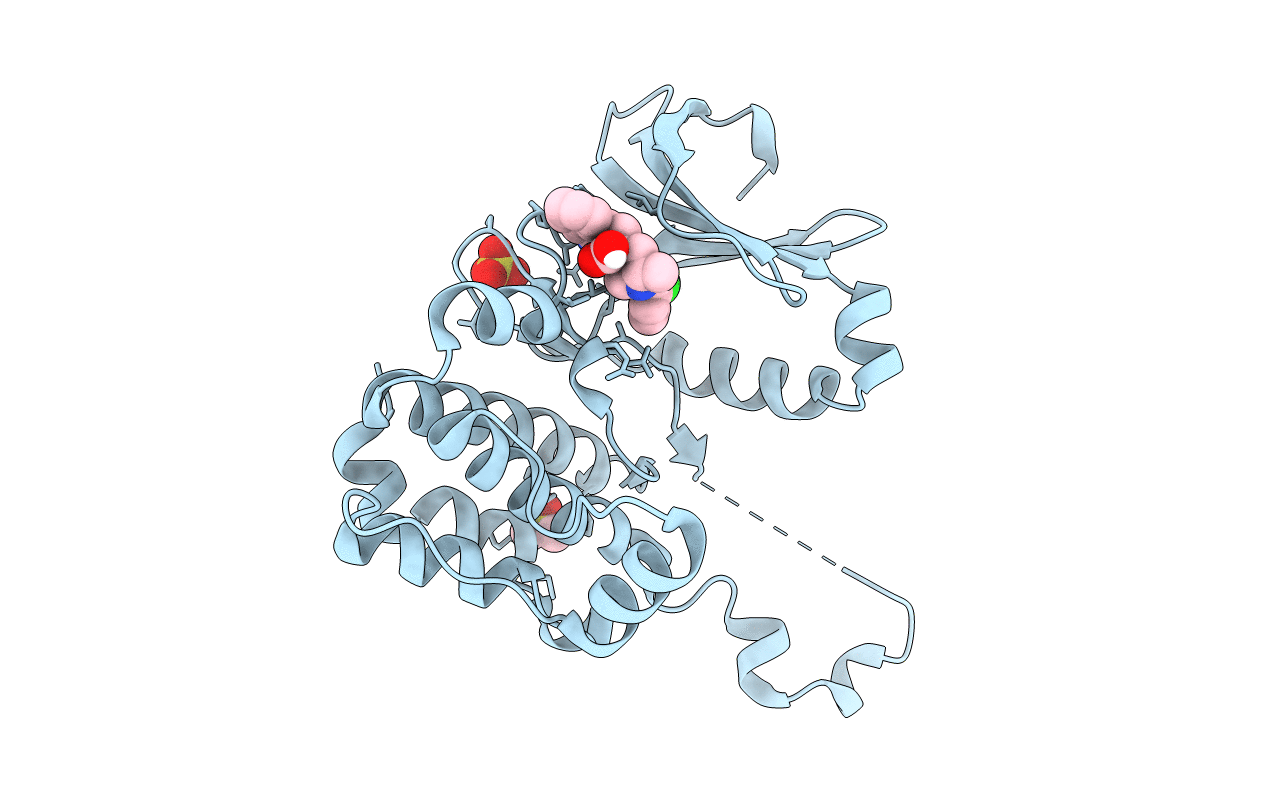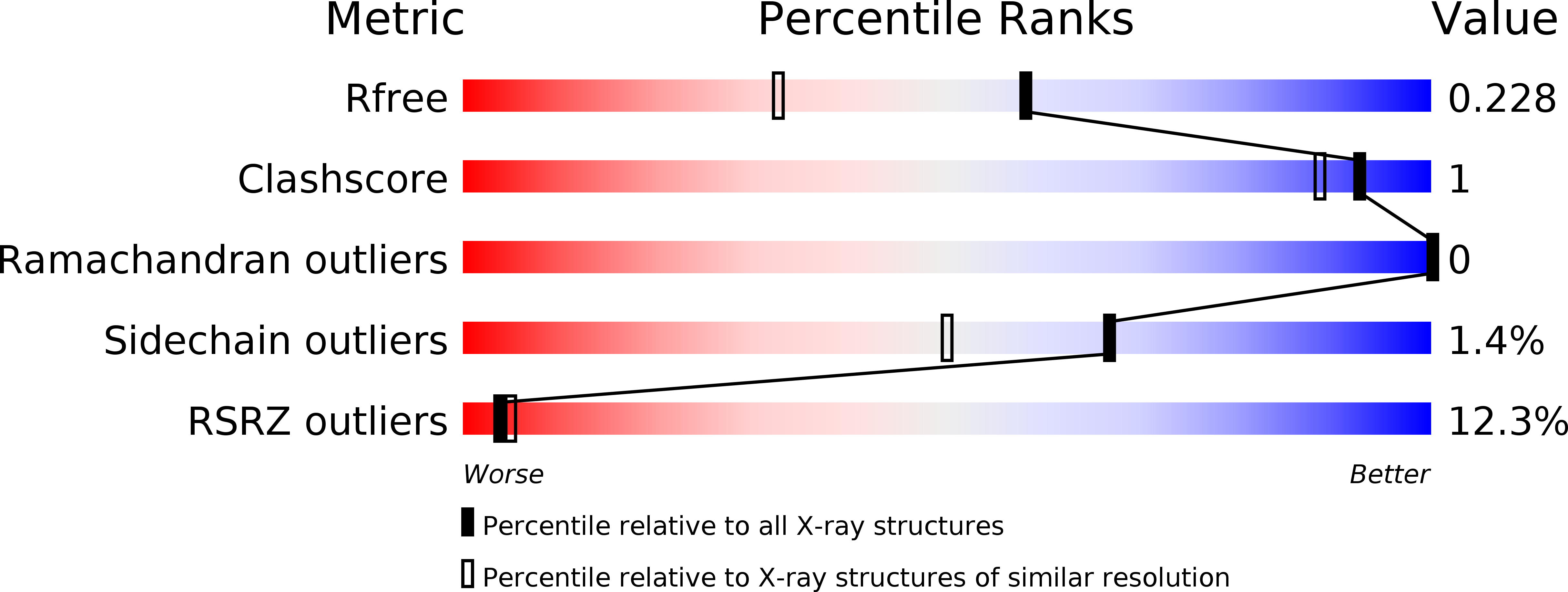
Deposition Date
2018-01-08
Release Date
2019-01-23
Last Version Date
2024-03-13
Method Details:
Experimental Method:
Resolution:
1.73 Å
R-Value Free:
0.22
R-Value Work:
0.18
R-Value Observed:
0.18
Space Group:
P 41 21 2


